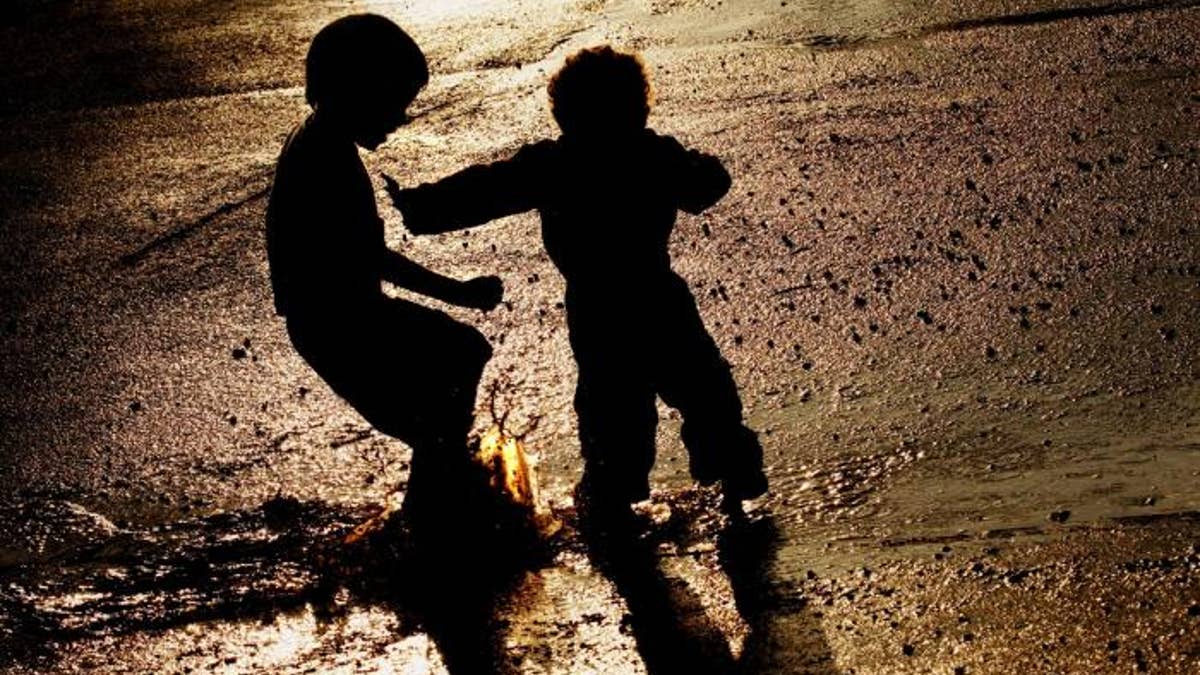
Bullying in the United States has become an increasingly common occurrence. Nearly 30 percent of American adolescents have reported experiencing bullying as victims, bullies or both, as found by a 2011 study released by the Centers for Disease Control.
What can you do to protect your child? Carrie Goldman wrote "BULLIED: What Every Parent, Teacher, and Kid Needs to Know About Ending the Cycle of Fear" after her daughter was taunted for bringing a "Star Wars" Thermos to school, sparking a viral anti-bullying movement. She shared some of her tips for handling bullying here:
Don't be dismissive.
One of the biggest mistakes parents can make is dismissing taunting or inappropriate behavior as just kids being kids, Goldman says. She advises that parents look out for four distinct characteristics of bullying behavior:
- Repeated tormenting. This is a significant indication that your child is being bullied.
- Unwanted teasing. Teasing doesn't always have the intention of malice, and at times, can be playful. However, it is unwanted teasing if your child is not laughing along with the others, and this is a warning sign.
- Power imbalance. Is there a victim? Is someone using physical strength? Question whether the harmful action is due to a power imbalance.
- Developing fear. Watch if your child starts to develop a fear of what is happening, and changing their behavior as a result.
Document what happened.
Get a journal to create a paper trail of exactly what happened, Goldman advises. Include dates, reactions, photographs, print screens of Facebook pages (in cases of cyber bulling) and anything else that may be seen as evidence.
Goldman also advises teaching your child that it is okay to report an incident. Many children are afraid of a stigma that may be attached to them if they report an incident of bullying to an adult.
“If a child is afraid, they are reluctant to tell someone that they are being taunted,” she says.
Let them know it's not their fault.
"Help your child cognitively reframe the event so as not to accept blame,” Goldman says. If your child is being bullied, it's important to let them know that they are not being picked on because of something they did, but rather because a bully is simply being mean.
“Do your best to get your child to believe that it is not their fault that they were bullied,” Goldman says. “Your child, even subconsciously, is assuming that what they are being made fun of for is their fault, and that is absolutely not the case.”
Make sure the school's steps toward resolution are effective.
If a student is being bullied at school, Goldman says the teacher in the classroom needs to make it clear that such behavior is unacceptable. In addition, Goldman emphasizes how important it is that the school is not taking punitive disciplinary actions, but offering services to help them see how they can change their behavior.
"Meet with your school and discuss alternatives to suspensions,” Goldman says. “Children would be more willing to report an incident without fear that the bully will retaliate.”
Find a group where the child feels accepted.
Look for a place where your child feels socially accepted to help them cope with the pain of being bullied, Goldman says. This shows the child that there are places for them to feel safe and to have fun.
“Maybe it's summer camp, maybe martial arts, or art class — something that makes them feel accepted and comfortable in their own skin.”
